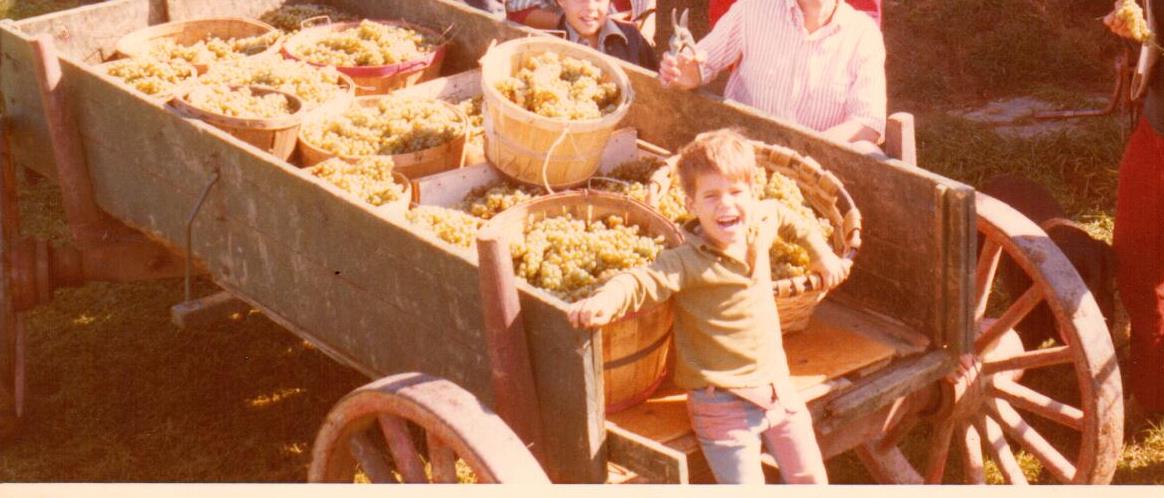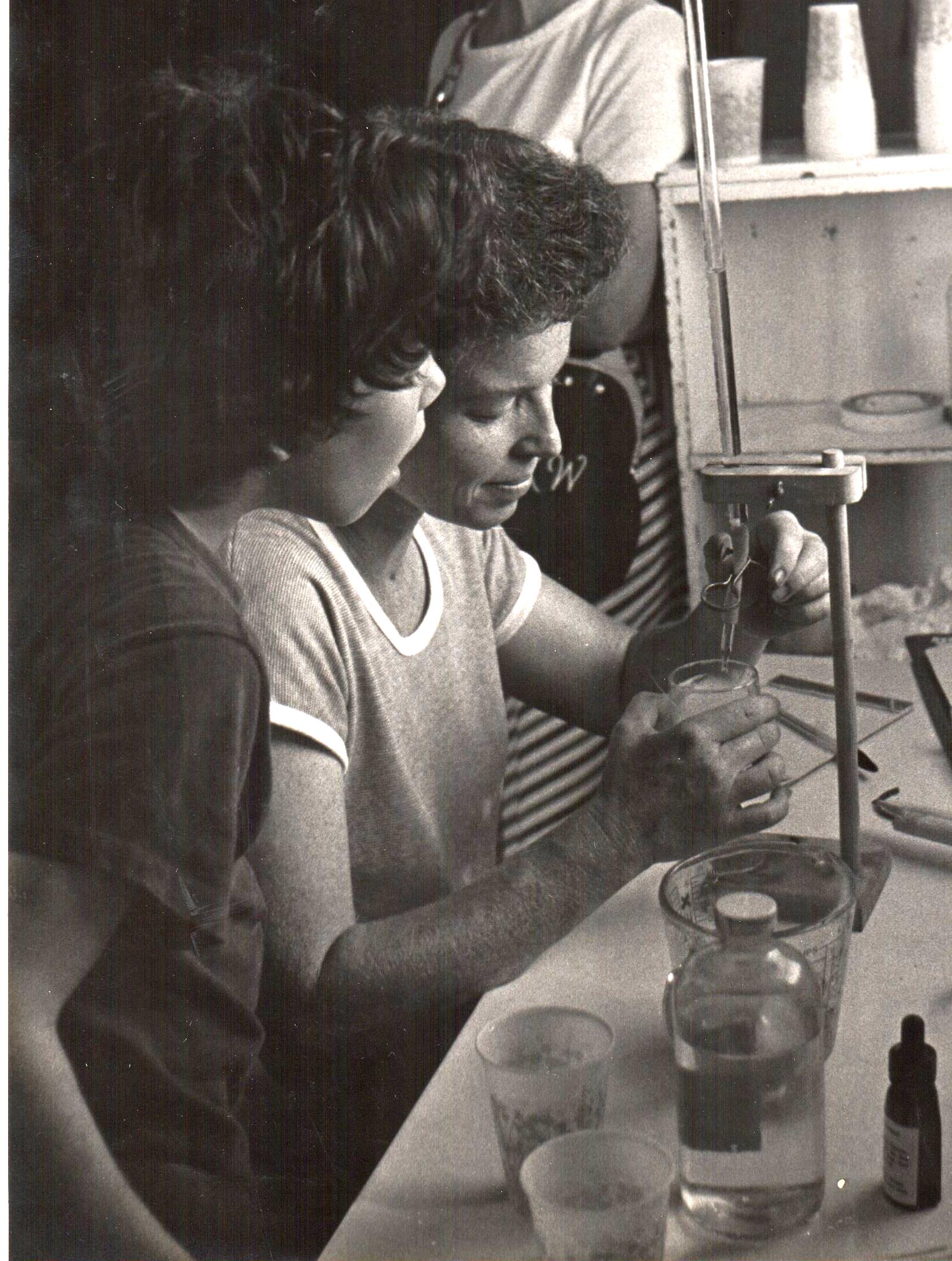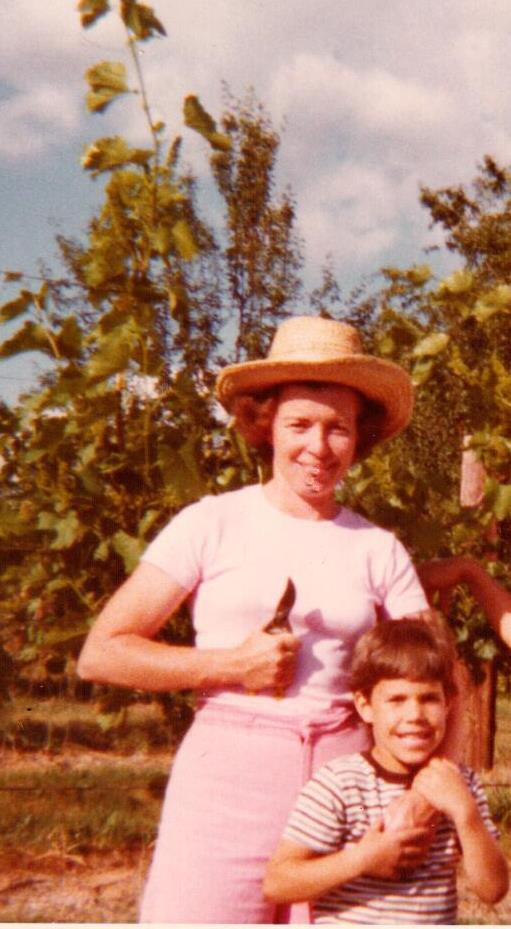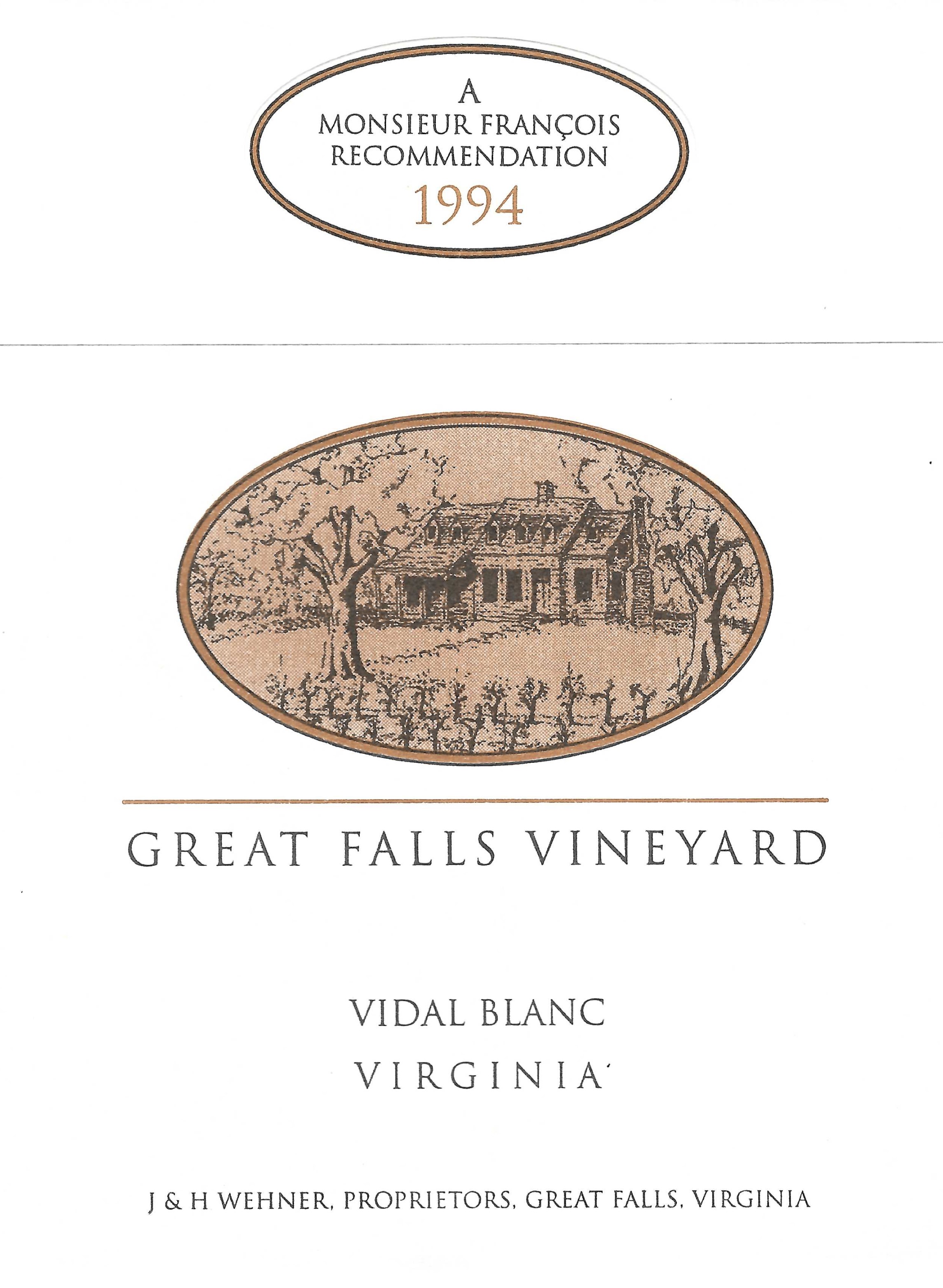Blog
Blog
The slow, subtle journey to Chatham Vineyards at Church Creek started some 220 miles away, 55 years ago on a family farm in Great Falls, Virginia.
In 1968, Harrison and Joan Wehner bought 20-some acres of land with a tenant house included in this bedroom community that offered respite from the urban stresses of the Washington metro area.
Located along the Potomac River, Great Falls was a mere 18 miles from downtown D.C., but its rural heritage and civic pride gave it a unique identity that resonated with neighbors who embraced connection and community.

“We lived in a colonial house that looked like something you could see in Williamsburg on DoG Street,” says their youngest son, Jon Wehner, the vintner at Chatham today along with his wife, Mills. Jon wasn’t born until 1970, and by then, the tenant house — “the shack,” as he describes it — had been expanded to accommodate him and his two brothers.
Harrison Wehner was an economist for the International Monetary Fund and later, president of an international real estate investment firm. Joan raised the three boys while engaging in local civic organizations that shared her passion for restoration and preservation of old buildings.
The Wehners were visionaries and risk takers, cognizant of a growing trend in Virginia — grape growing. Virginia wine dates back centuries as early as 1609 when the earliest settlers in Jamestown planted vines, hopeful of a cash crop. It didn’t work then, nor did it succeed when Thomas Jefferson had the same idea nearly 200 years later.
But by the time the Wehners settled into their Great Falls farm, winemaking was a budding industry in the Commonwealth, with Barboursville Vineyards serving as the catalyst for Virginia to emerge a player as a grape growing region.
“My dad did a lot of traveling overseas for his job,” Jon says. “He would go to Europe, and at the end of his international assignments, he would spend a few days visiting wine country in France and Italy. Sometimes my mother would make the trip and go with him.”
That spun into an idea: Like many in their neighborhood circle, Harrison and Joan planted an acre and a half of French American hybrid grapes in 1970.
“They had 15 different varietals in an experimental vineyard that coincided with the reemergence of the Virginia wine industry,” Jon says.
Those roots, the start of what turned into a 20-year process of discovering what works and what doesn’t, mirrored Jon’s own learning curve at Chatham Vineyards nearly 30 years later. Both Wehner men sought expert advice — much of it, ironically, from the same person.

She was Lucie Morton, a trailblazer for Virginia viticulture and females in the industry, who was educated in France and an expert in ampelography – the identification and classification of grapevines. Lucie met with Harrison and Joan in Great Falls and began consulting with them about their next steps.
“She remembers me in diapers at 2 years old and to this day, she still consults with me at Chatham,” Jon says.
In the late ’80s, the Wehners settled on one varietal that had been consistent for them over time — Vidal Blanc, a French American hybrid that can withstand challenging weather conditions while consistently producing high quality wine.
Harrison and Joan started making wine in the cellar from their own grapes and participated in informal tastings.
“There was this small group of people on the East Coast who were all interested in growing grapes and making wine,” Jon says. “My parents used to meet up with other people in the basement of a local church on weekends, and they’d all taste each other’s wine.
Along with the three boys, Joan cared for the vineyard, nurturing every vine. By the time the school bus delivered Jon home, his mother had spent hours outdoors there, also juggling other farm chores related to the horses, cattle, chickens, fruit and vegetable gardens spread out among the 20 acres.
“It’s amazing how productive the little farm was,” Jon says.
While he certainly didn’t realize it at the time, the foundation was being laid for Jon, who is pretty sure he’s been working in vineyards since he was 12. Yet he has nothing but fond recollections of that period, particularly harvest time, a festive and fun experience in Great Falls. Neighbors would join the Wehner family to pick grapes, snacking on fruit, cheese and deli meat Joan laid out on a long wooden table near the vineyard — the word charcuterie hadn’t been invented yet.
“The whole neighborhood would come out and people would stay for hours talking,” Jon says. “Everyone had this desire to enjoy the simpler things in life — the rural harvesting of fruit and this community experience. At a young age, that drew me into the business — the whole neighbor aspect of harvest.”
Not that Jon was plotting a career in wine. He was simply living the only life he knew. “It wasn’t so much about the actual work in the vineyard as it was about appreciating rural family neighbors, the whole cultural aspect of food and wine. I was learning it through osmosis. I see it with my kids. They come out during bottling and harvest. You observe these things, but because of your age you can’t articulate them or really understand them until later.”

Great Falls Vineyard grew in sophistication, evolving from Rubbermaid trashcans and glass carboys in the Wehners’ cellar under their horse barn to a destemmer and a press. They went from producing 20 gallons of wine annually to producing several hundred gallons; instead of winemaking being a family hobby, it became a viable business. The Wehners transitioned from making wine on the premises to several off-premise licensed wineries, one of which was Swedenburg Estate Winery, which is no longer in operation.
“They would send their grapes to those wineries, and that was really the beginning of what we call private labels,” Jon says.
The wines sold at the Great Falls Wine Shop and L’Auberge Chez François, a legendary French bistro located in Great Falls. Production reached as many as 700 cases per year.
Harrison and Joan purchased Chatham Farm in 1979, renovating the historic home there, which took decades to complete. The Wehners sold their Great Falls farm and moved to Chatham full time in 2001. By then, Jon and Mills were living there, having planted their first vineyard in 1999. Jon had left a good paying office job in D.C. in 1997 to follow in his mother and father’s path.
As a second-generation vintner, Jon had the benefit of learning from his parents, the greatest lesson being one of patience and embracing the journey in lieu of quick fixes and shortcuts. Like his mom and dad, Jon valued the input from Morton that helped him launch Chatham Vineyards, but trial and error played an integral role. What grape varietals thrived in Great Falls varied from what would work on Virginia’s Eastern Shore.

“It’s part of that journey we don’t fully understand but we have faith things happen for a reason,” Jon says. “You have to open yourself up to make mistakes and endure setbacks and get out of that comfort zone and leave that well-paying job to do something that may be unsuccessful.”
Or not.
Since 1999, more than 20 acres of high-density French vinifera varietals have been planted at Chatham Vineyards on Church Creek. The winery, constructed in 2005, currently produces 5,000 cases annually.
Chatham, like its predecessor Great Falls, is another chapter in the story of Virginia wine, a volume thick with family stories rich in passion and persistence.

